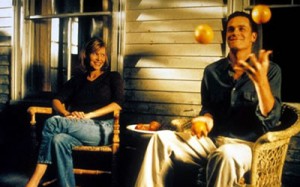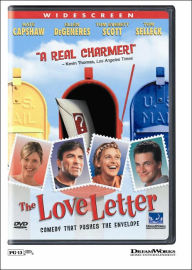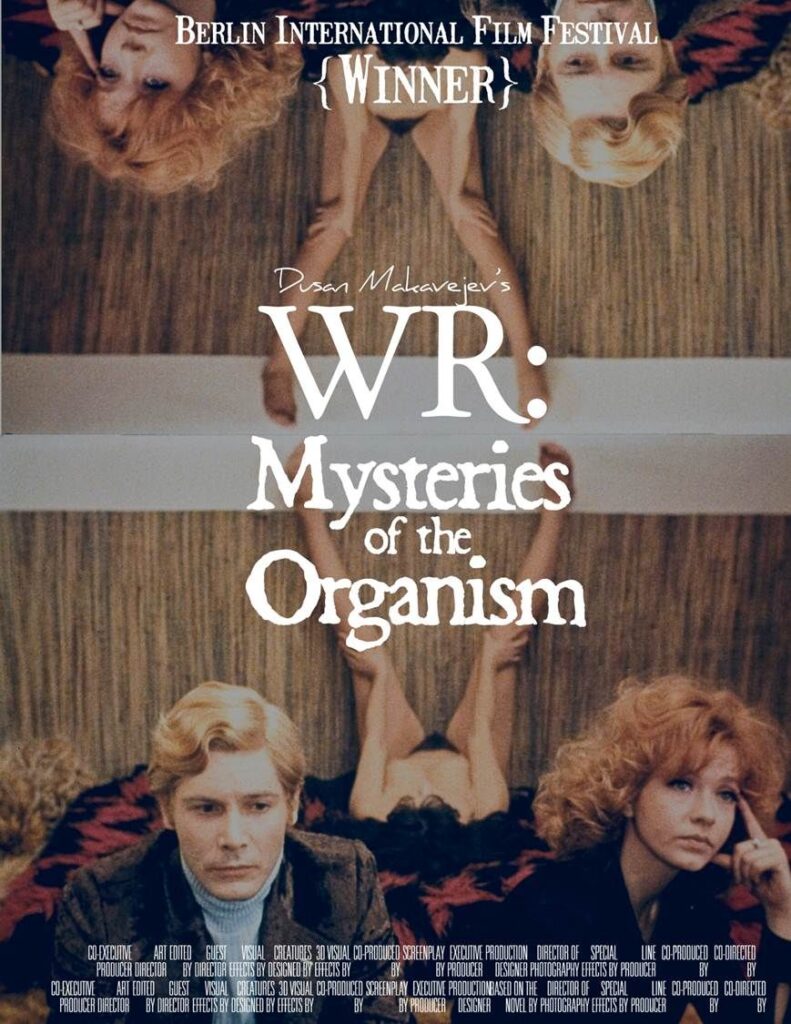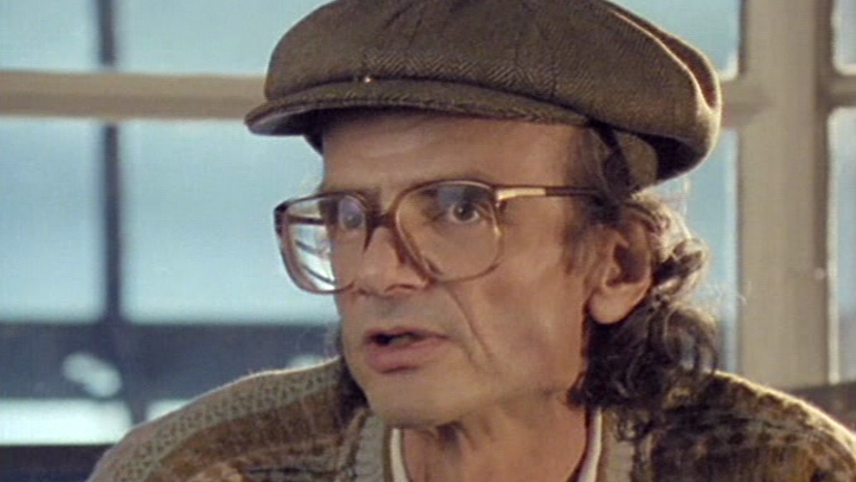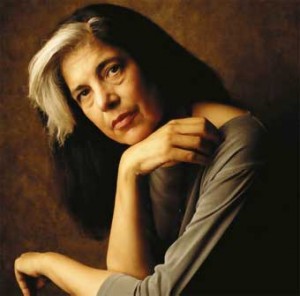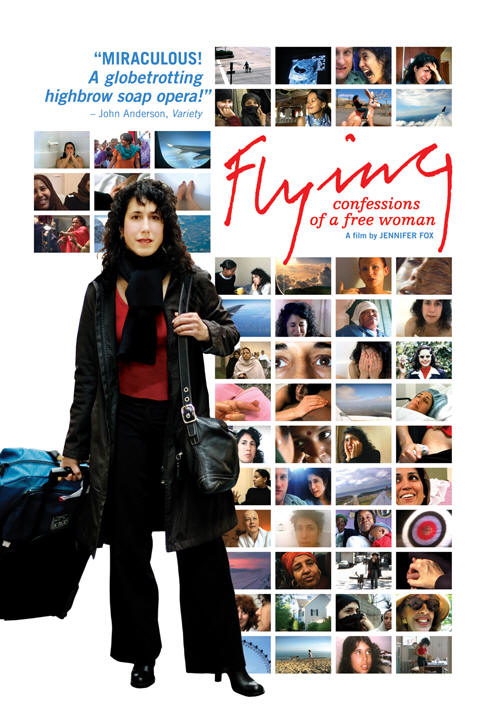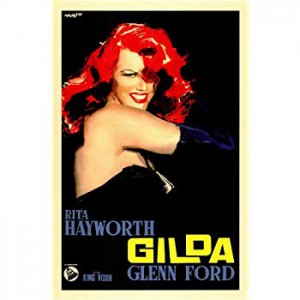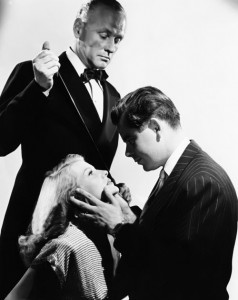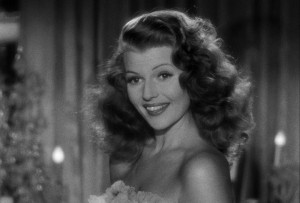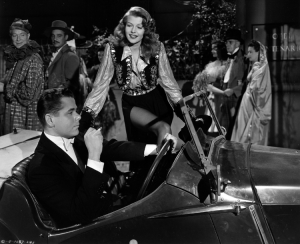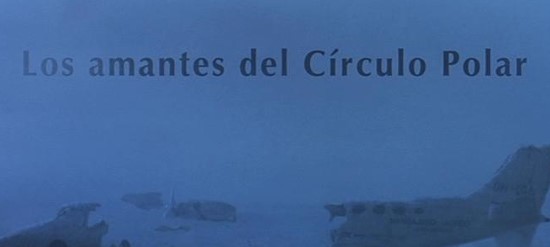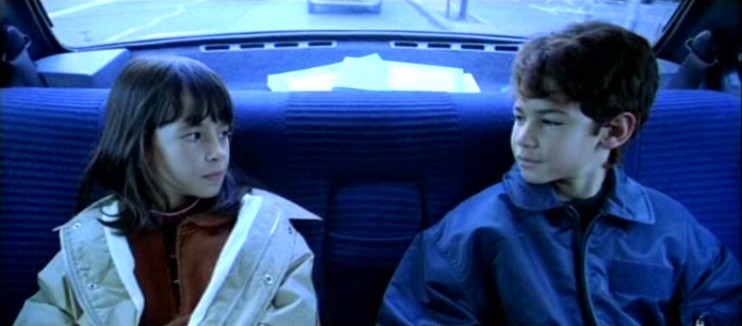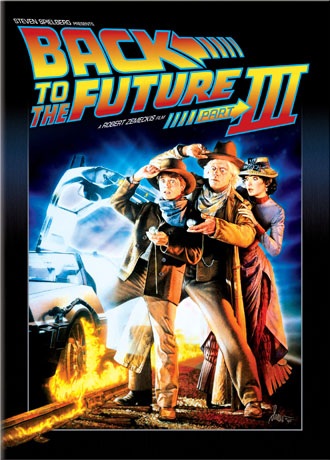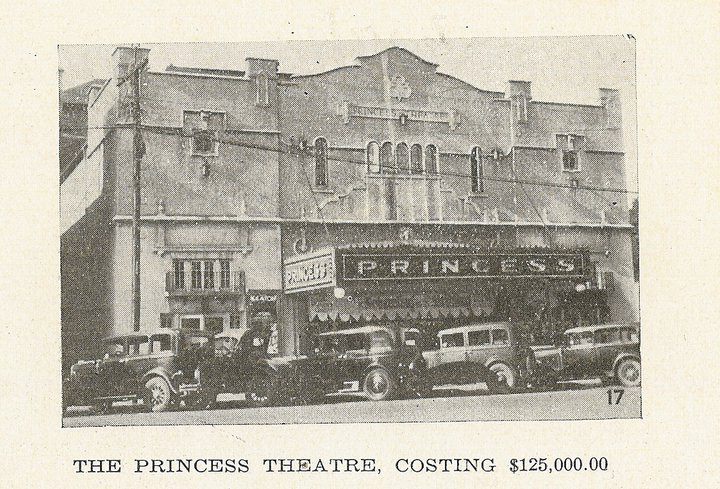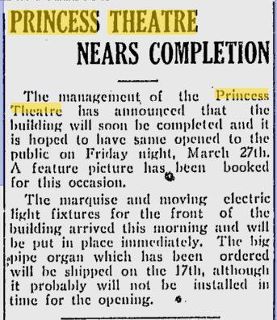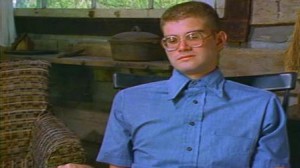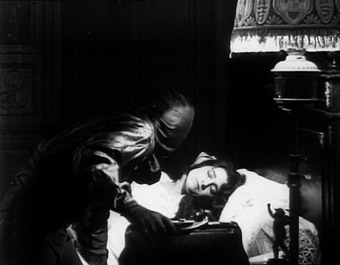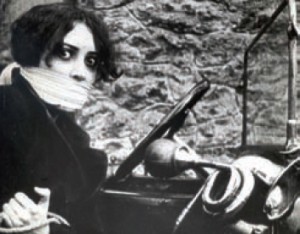From the Chicago Reader (September 1, 1999). My thanks to the Video Data Bank for enabling me, (finally, recently) to see this film a second time. — J.R.
This 1998 Caspar Stracke feature is one of the rare experimental films in 35-millimeter, and though I could preview it only on video, it kept me fascinated even in that format. Stracke describes it as moving in a circle with neither a beginning nor an end; in the version I saw, the credits come in the middle. A lecture on the philosophical and psychoanalytic implications of the invention of the telephone by theorist Avital Ronell eventually turns into a story in black and white about a woman who has a lotus blossom growing in her left lung; at different times this film comes across as documentary, essay, performance art, and silent throwback (complete with intertitles and irises), and the capabilities and rhetoric associated with both computers and VCRs play a part in the continuously shifting and evolving discourse. (JR)



